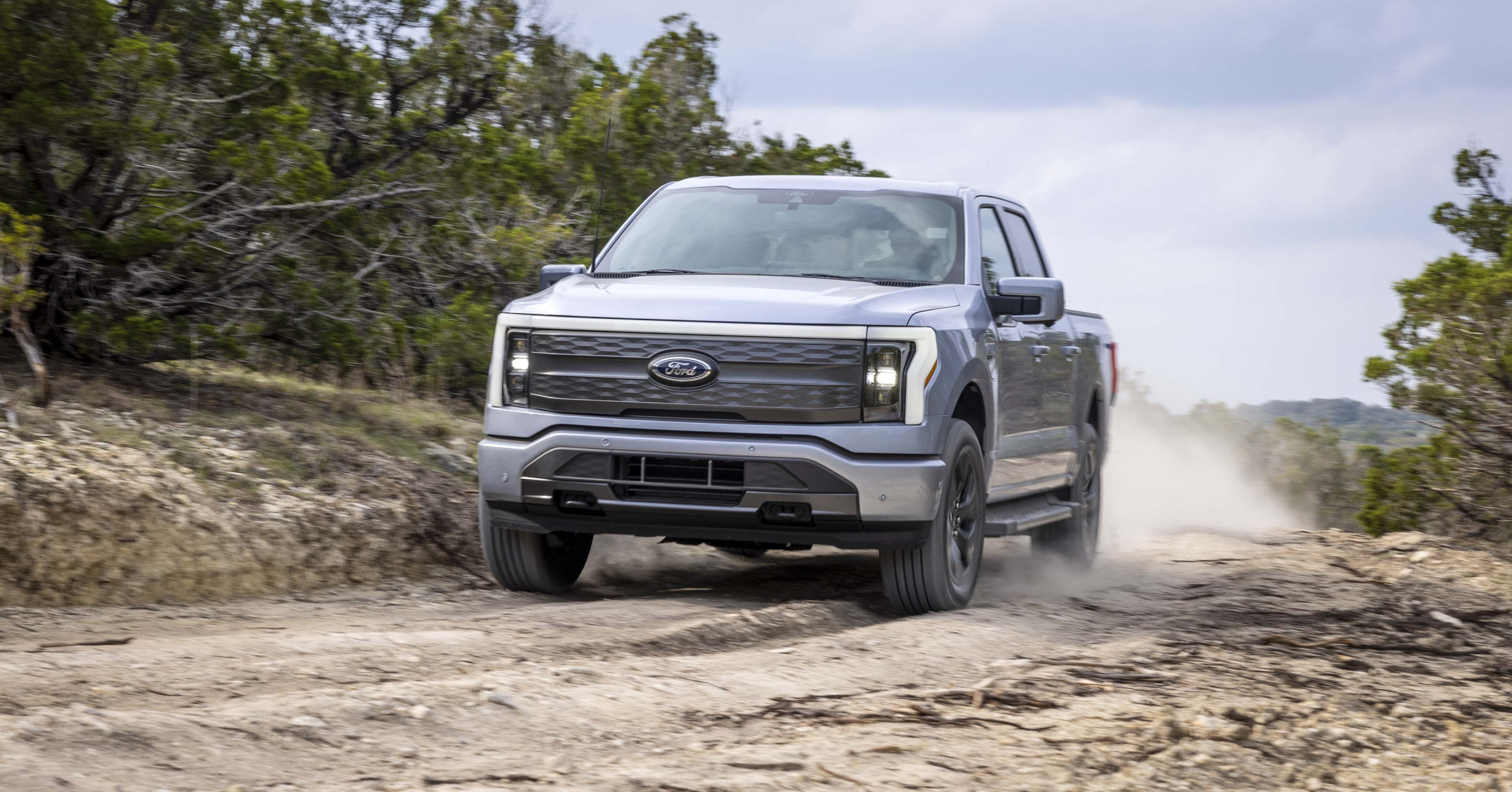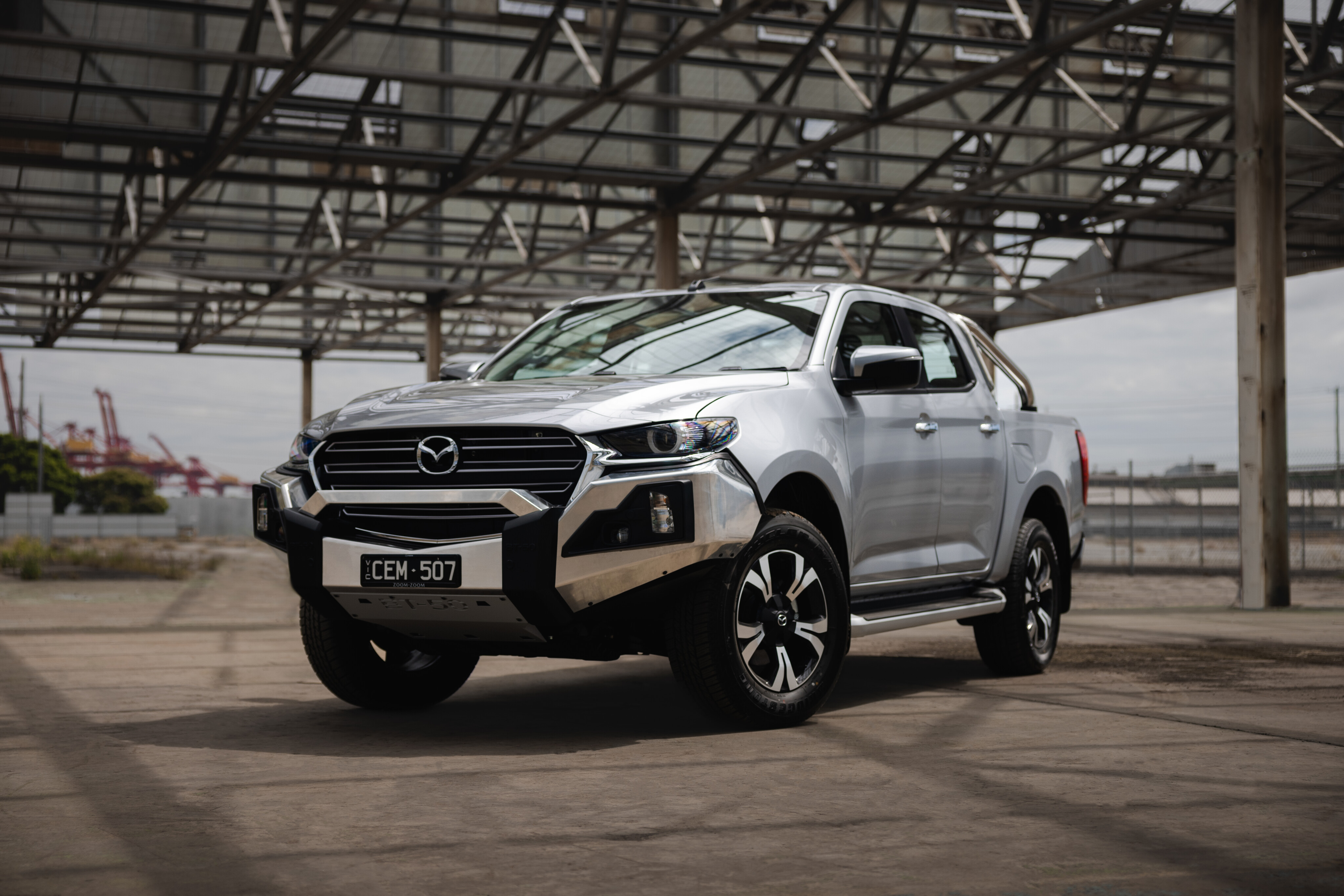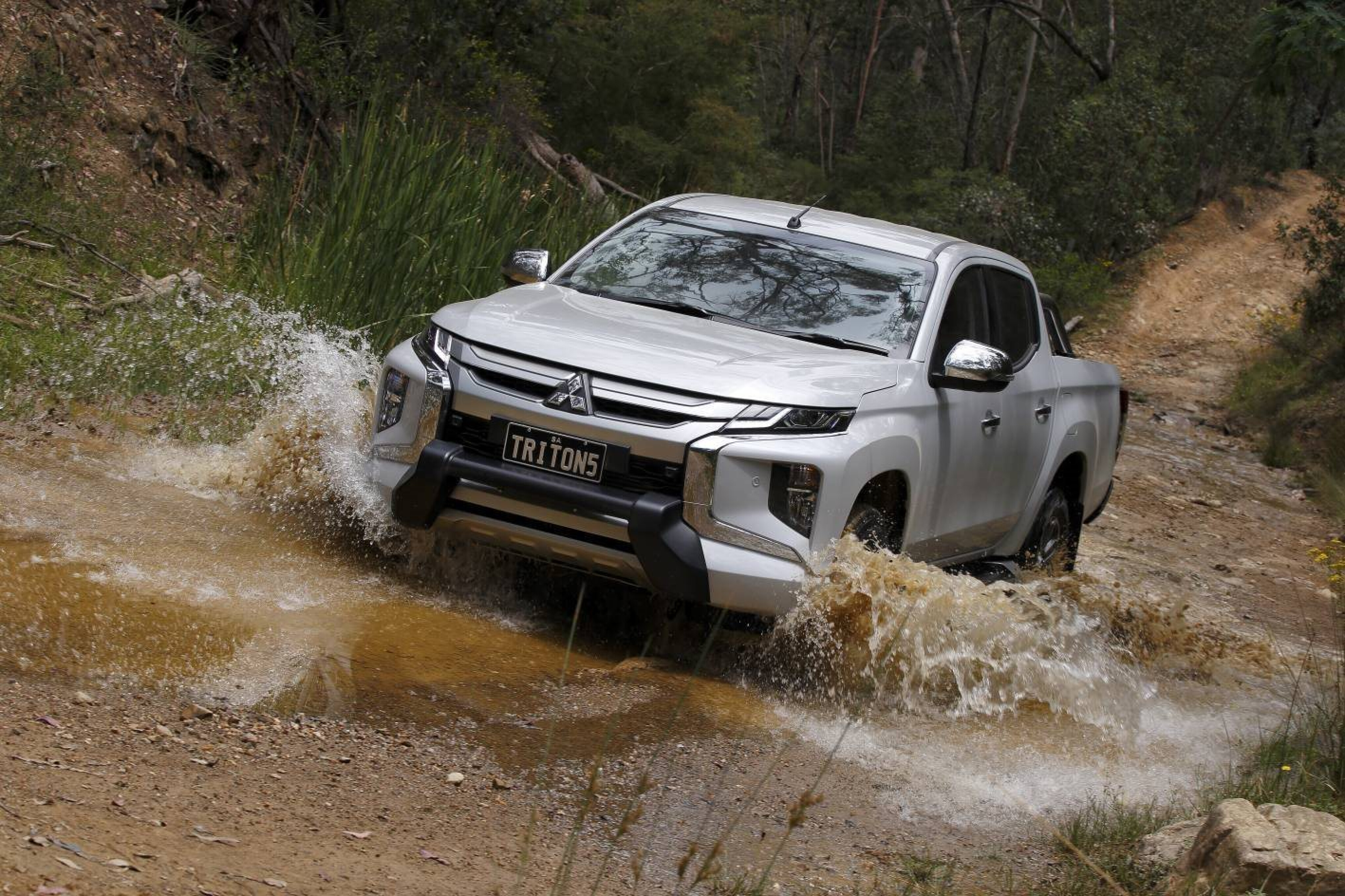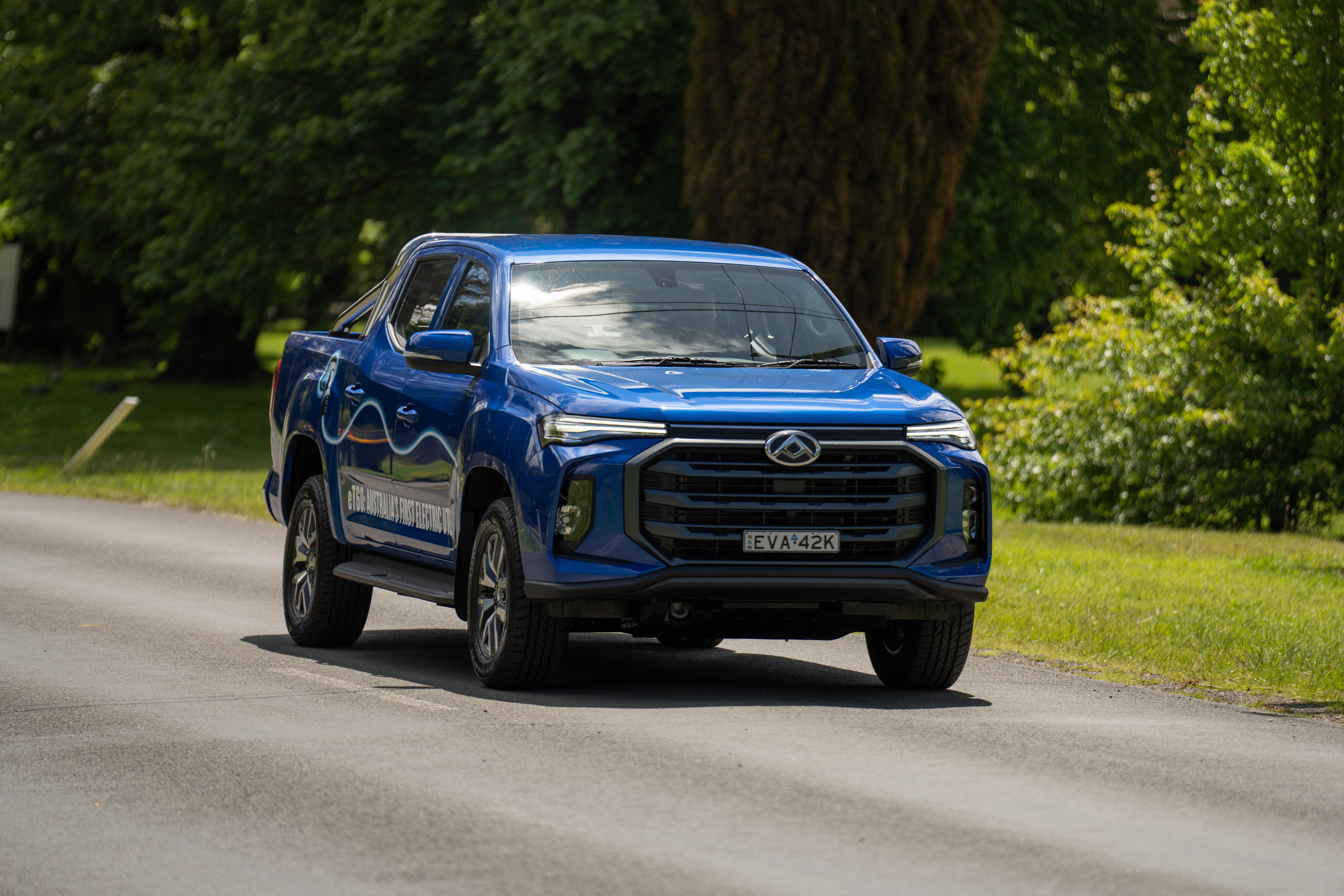
A call for Australia to charge into electric utes? Not quite...
Snapshot
- Mazda BT-50, Nissan Navara are lower-emitting utes
- Could’ve avoided at least 78,000 tonnes of CO2 emissions per year – if every Australian ute buyer chose BT-50 in 2022
- More electric utes coming amid Thailand production targets
A report from the Climate Council reveals Australians could’ve saved more than 436,600 tonnes of harmful carbon dioxide (CO2) exhaust emissions over five years – if everyone opted for a lower-polluting new ute on sale, like the 2022 Mazda BT-50.
Editor's note on the Climate Council's research
The Nissan Navara, as noted below, seems to have missed getting its due praise in the report, while the BT-50's platform twin the Isuzu D-Max also misses out, due to the Council's research centring entirely on the government's Green Vehicle Guide – which does not currently list 1.9-litre variants of the Isuzu.

Based on figures in the Australian Government’s Green Vehicle Guide, the Council claims the BT-50 had lower claimed diesel exhaust CO2 emissions in the booming segment last year, producing 190g/km on average.
If every Australian purchased a 2022 Mazda BT-50 4x2 last year, the Council claims it could’ve avoided more than 87,322 tonnes of CO2 emissions and saved more than $42 million in fuel costs per year.
Meanwhile, if every Australian bought a 2022 Mazda BT-50 4x4 variant, it could’ve avoided more than 78,204 tonnes of CO2 emissions and saved more than $32 million in fuel per year.
It’s worth noting that a table in the report (and verified using official data) shows the 2022 Nissan Navara has even lower average CO2 emissions than the BT-50, but the Council only gives the pre-update 2015 Navara ute with the ‘most efficient’ title.
Editor chiming in again...
In correspondence with this article's author, a spokesperson for the Council could not adequately explain this discrepancy in the council's research methodology and reporting.
It should also be noted that CO2 is the only variable measured in the Climate Council report. Diesels emit less CO2 in comparison with petrol vehicles, with more harmful noxious emissions not accounted for.
The worst offender in 2022 was the Jeep Gladiator’s 3.6-litre six-cylinder petrol engine that outputs 288g/km of CO2 on average, trailed by the Toyota LandCruiser 70 Series ute with 281g/km of CO2, and the Mitsubishi Triton’s 2.4-litre four-cylinder turbo diesel 4x4 unit producing 225g/km of CO2.
The latter has 20 per cent more CO2 emissions per kilometre and $380 in additional fuel costs per year compared to the Mazda BT-50.

Electric utes on the horizon
The biggest on-road emissions reductions will come from full battery-electric utes.
There’s only one 'mass-market' EV ute on sale today, the Chinese-born LDV eT60, with a high price tag and sub-par capabilities. And not quite 'mass-market' availability...
But, that’s all set to change, with Thailand – Australia’s biggest source of utes including the best-selling Toyota HiLux, Ford Ranger and Mitsubishi Triton – aiming to have 50 per cent of its manufactured vehicles be electric by 2030, and 100 per cent by 2035.

Meanwhile, local companies such as ROEV, SEA Electric and Voltra are converting current combustion-powered Toyota utes to zero tailpipe emission electric power to extend the life of commercial fleets.
The Climate Council also argues setting strong fuel-efficiency standards in Australia – which is one of the last developed countries globally to not have a mandate for average vehicle line-up emissions – will encourage more lower-emission or all-electric ute models with better specifications sold here, such as the Ford Maverick hybrid, Ford F-150 Lightning, and Rivian R1T.
Full electric utes are on the horizon, though, including the new-generation Mitsubishi Triton EV and Volkswagen Amarok EV, plus a Ford Ranger plug-in hybrid rumoured in this decade.

Why the ute focus?
Transport is the third-largest source of Australia’s greenhouse gas emissions, with high-polluting diesel-powered utes consistently in the top-10 sales charts.
In the past decade, new ute sales have risen from 16 per cent market share in 2012 to 21 per cent last year, alongside a 20 per cent jump in light commercial vehicle emissions.
The venerable Toyota HiLux in particular has regularly been the top-selling car overall in Australia every year since 2016.
Despite heavy emissions regulations in Europe, most utes sold Down Under today only comply with Euro 5 rules that date back to 2009. Strict Euro 7 laws will soon be enforced in mid-2025.


COMMENTS